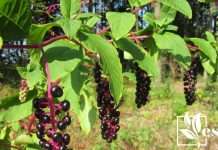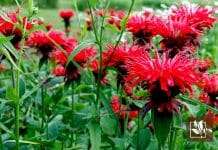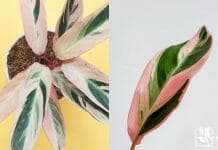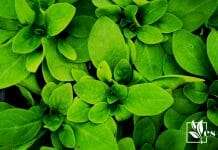 Maranta lemon lime is a rhizomatic perennial plant belonging to the same-named genus of the Marantaceae family. It originates from Brazil, crawling in the ground layers of dense rainforests.
Maranta lemon lime is a rhizomatic perennial plant belonging to the same-named genus of the Marantaceae family. It originates from Brazil, crawling in the ground layers of dense rainforests.
With each new morning, the plant drops its leaves again, shoving its remarkable foliage. This peculiarity brought it the name “prayer plant.” This plant requires good water permeability perlite and peat moss mix as soil and other requirements are discussed in detail so stay tuned.
JUMP TO TOPIC
Maranta Lemon Lime Care
 Light Requirements
Light Requirements
The delicate and sophisticated leaves of maranta lemon lime are sensitive to direct sun. In nature, it is a plant that grows in the shade of tall vegetation, sheltered from direct sun. Therefore, you could place it in positions where it will get a lot of indirect, filtered light.

It will grow well next to the east or west window. A shaded south window is also a good position if you move the plant at least 5 feet away. Maranta lemon lime will receive insufficient light if placed in a northern window. The consequence of such a position will be pale leaves, slow growth, and an overall leggy form of the plant.
 Water Requirements
Water Requirements
Watering maranta lemon lime can be challenging for inexperienced growers. It might be tricky to find the right balance between moist and soaked soil. The lemon lime plant does not tolerate dry substrate but equally dislikes a soggy one. It is best to water it at least once a week, from spring to autumn, to keep the substrate moderately moist.
However, to prevent overdoing it, you should check the substrate with your fingers every time before watering the plant again. If the substrate is dry to the touch at a depth of one inch, it is time to water the plant again. Otherwise, you could skip watering since excess water endangers the plant as much as its lack.
Fortunately, the plant itself will help you determine when it needs to be watered again. When the soil dries to the extent that it hinders physiological processes, its leaves will start to curl towards the center. In this way, the plant tells you that it is thirsty and needs the next portion of water!
– Winter Water Requirements
Due to the reduced amount of daylight in the winter months, lemon lime maranta enters the dormant phase. During this period, the plant reduces all physiological processes and gathers strength for the new growing season. Therefore, it is necessary to adjust the watering to that stage.
As the winter months are accompanied by less light and lower temperatures, the water also evaporates more slowly, so you can water the plant approximately once in ten days.

When it comes to watering maranta lemon lime, let us add that this plant is very susceptible to chemicals contained in tap water, such as chlorine or some other elements. Therefore, use distilled water or water that has been left to stand for at least 48 hours for watering.
 Soil
Soil
The first prerequisite that potting mixture must meet for the lemon lime plant to thrive is good water permeability. Although the plant will also grow in a standard pot substrate, this type of soil is prone to compaction and loses its drainage ability over time. Therefore, it is a better option to combine it with perlite and peat moss in equal proportions.
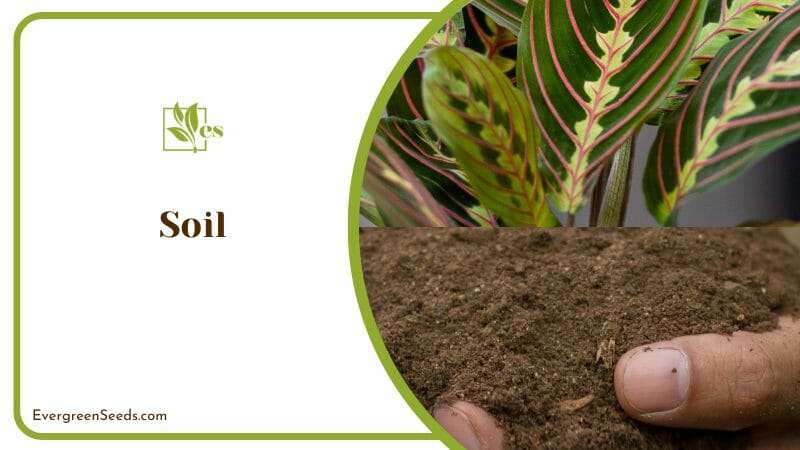
Instead of perlite, you can also use coarse sand because it can improve the structure of the soil. You can also add charcoal to the substrate as a natural material to reduce the risk of pathogens in the ground.
 Humidity
Humidity
A common feature of all plants from the Maranta family is that they come from warm regions with increased humidity. As a typical representative of this family, lemon lime maranta does not tolerate dry air in its environment and feels comfortable only if the humidity level is 65 percent or more.
Since this value is higher than the average in our homes — ranging between 30 and 50 percent — it is necessary to take measures for additional humidification. One of the easiest ways to achieve this is to daily mist the leaves with lukewarm stagnant water.
It is best to do this in the morning, when the leaves are relaxed and when there is enough time for the tiny droplets on the leaves to evaporate by the evening, when they will reassemble. Do not spray the plant in the evening and late afternoon so that moisture does not remain in the folded leaves during the night!
Another way that can help you to achieve the desired air moisture is by using a pebble tray. Place the container with its tray on a larger tray filled with water and balls of expanded clay. It is not recommended that the substrate has direct contact with water through the drainage holes.
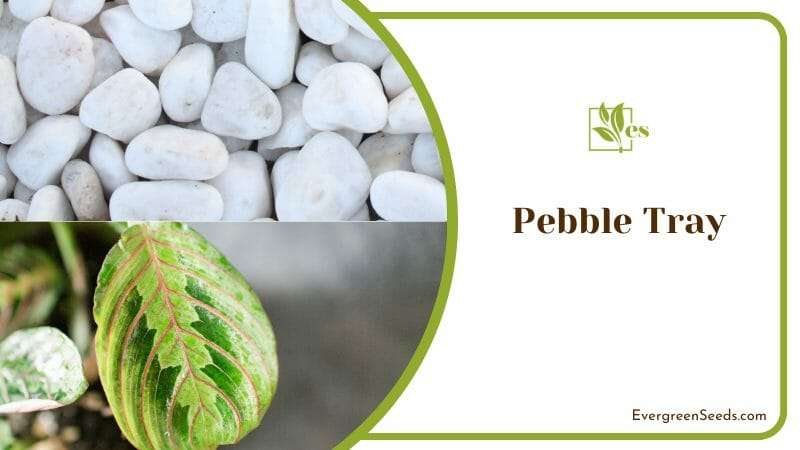
However, this method is not applicable if the plant grows in a hanging pot. In that case, unless you don’t want to spray the leaves daily, it’s best to install a humidifier, adjust it to the desired level and forget about the humidification issue!
 Fertilizing
Fertilizing
Unlike plants that grow in the open ground, potted plants have limited sources of nutrients. Therefore, additional feeding often is a necessary measure to help the plant to thrive and grow properly.
Maranta lemon lime quickly consumes nutrients from the soil, so it should be fed regularly from early spring until late autumn.
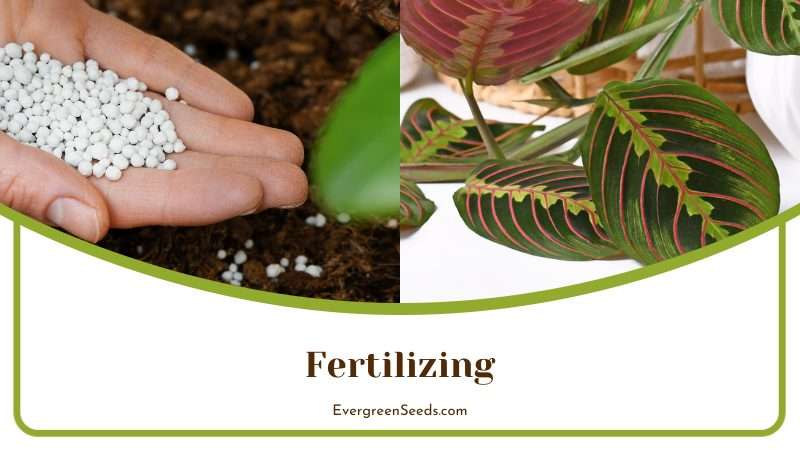
For top dressing, use a liquid, balanced fertilizer with NPK ratio 10:10:10 or 20:20:20, diluted to half the recommended concentration. Apply it twice a month after watering the plant. Even diluted fertilizers that you pour on a dry substrate can damage the root system, so be extra careful!
In late autumn, you should stop additional feeding since it is the period when the plant does not grow intensively and does not need additional feeding.
 Temperature
Temperature
The lemon lime plant thrives best at temperatures ranging between 65 and 80 °F. It does not tolerate low temperatures but is not thrilled with high temperatures either. In addition, it is sensitive to drafts and cold air currents.
Therefore, you should not keep it on the window sill in winter because cold air always finds a way to penetrate the space, forming chilly air pockets that can cool the substrate in the container regardless of ambient temperature.
Also, you should not keep the plant in a room where the difference between day and night temperature is more than a dozen Fahrenheit. Temperatures below 60 °F will damage the plant’s leaves, and if it falls below 50 °F, the roots will begin to show signs of hypothermia, which eventually leads to plant decay.
Repotting
Maranta lemon lime does not like root bonds, so you need to transplant it every spring. Its rhizome root grows horizontally more than vertically. Therefore, the plant grows better in shallow, wide pots. If the root ball is compacted in a container, the plant will grow more slowly or stagnate completely.
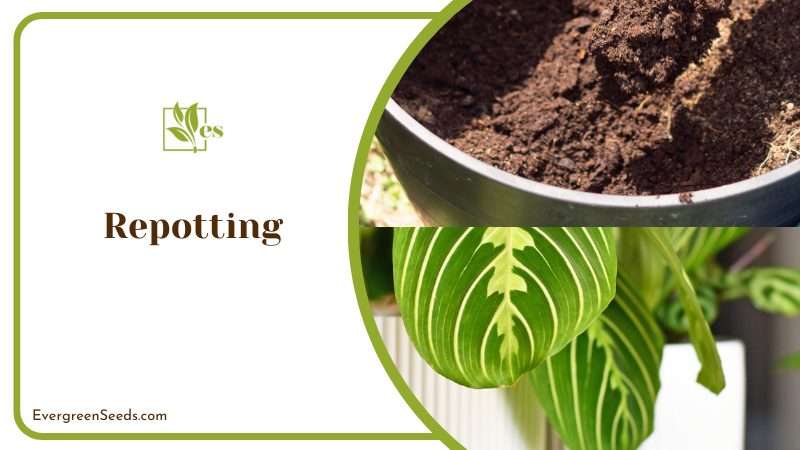
When transplanting a plant, replace the old pot with one that is just one or two inches larger since a too-large container means more substrate and more risk for water accumulating around the root.
Regardless of size, always choose a container with multiple drainage holes. This will ensure that excess water can escape from the container. Also, be sure to place a drainage layer of coarse gravel or broken tile on the bottom of the container to facilitate water drainage from the substrate.
 Pruning
Pruning
Maranta lemon lime is not a large plant, and you don’t need to prune it to control its size. On the other hand, pruning is an effective tactic if you want to reshape your plant. If you cut off the tops of elongated shoots that make the plant look messy and scattered, you will encourage it to create new shoots.
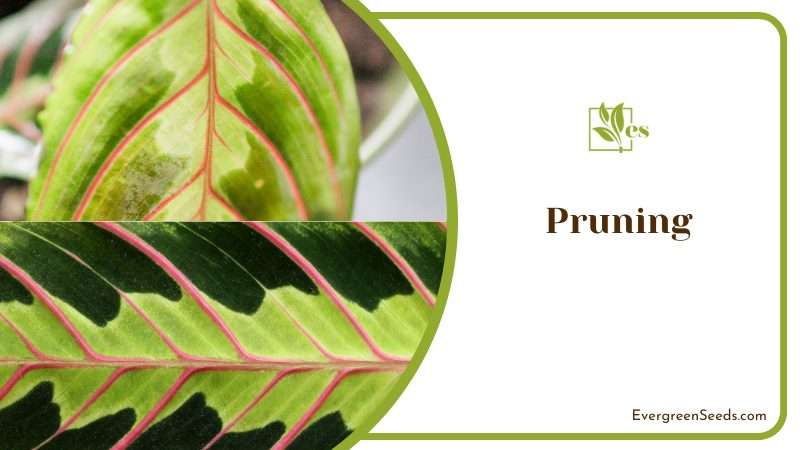
You could cut the stem just below the leaf node. New shoots will soon appear in that place, making the plant fuller and more decorative. The best period for this procedure is in spring or summer, while the plant is in the phase of intensive growth.
You can prune the plant repeatedly as it grows. Bent stems tend to elongate, causing the plant to lose its bushy shape, which makes it look less attractive. Therefore, do not hesitate and feel free to cut all of the undesired shoots. In addition to the plant growing in a more rounded shape, you can use the cut tops as cuttings to root new specimens of this remarkable plant.
Propagation
Maranta lemon lime is best propagated in the spring by dividing the plant during transplanting or through cuttings of the top stems. It is possible to get new plants from maranta lemon lime seeds, but plants that grow indoors rarely bloom. For this reason, the seeds are not easy to obtain. But, let us explain each method one by one!
– Root Division

The procedure looks like this:
- Water the plant first to make it easier to separate from the pot.
- Carefully remove the plant and clean the root from the ground.
- Inspect the root and remove any brown, unhealthy, or damaged parts. Divide the root ball with your hands, a sterile knife, or scissors, making sure that each section has at least one stem with several leaves.
- Place the sections in prepared containers filled with moist substrate.
- Water the plant and let it drain. If necessary, add more substrate to make the plant more stable.
- Place the new plants in a warm and shaded spot out of direct sunlight or cold air.
The process can be stressful for the plant, so it usually takes a few weeks for the new plants to recover and adapt to the new conditions. After a period of adaptation, the plant will produce new stems and leaves.
– Stem Cuttings in Soil
- Choose a healthy stem with a few nodes and leaves.
- Cut the cuttings at least three inches long, half of an inch below the node. If necessary, remove the leaves above the cut so that only those at the top of the stem remain.
- Dip the lower part of the cutting into water and then into the rooting hormone. This measure is not necessary, because the cuttings will take root without additional stimulation. But if you go the natural way, the process will last longer.
- Insert the cuttings into a container with a mixture of perlite and peat moss.
- Cover the container and cuttings with a plastic bag so that the cuttings have enough moisture.
- Heat and moisture are crucial for root development, so occasionally water the cuttings and keep them at a temperature of 65 °F.
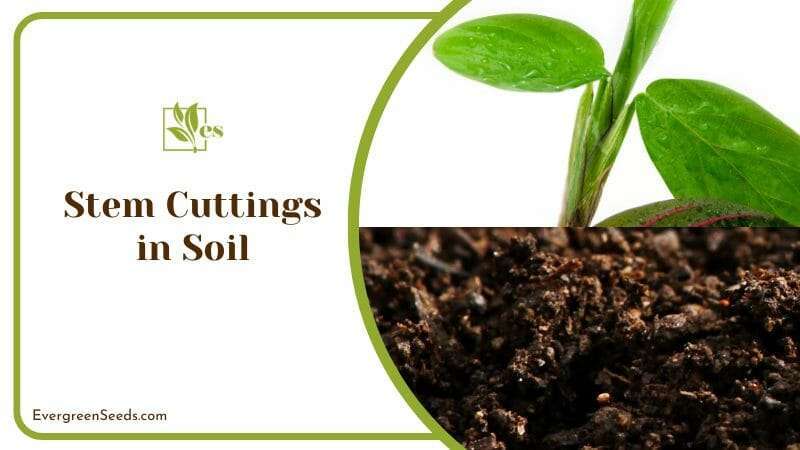
When the cutting develops a root, which usually happens in two or three weeks, you can transplant it into a mixture for adult plants.
– Stem Cuttings in Water
Instead of in the soil, you can root the cuttings in water. Make sure that you use stagnant water at room temperature and that the nodes on the cuttings are in the water. The leaves, instead, should be above the water.
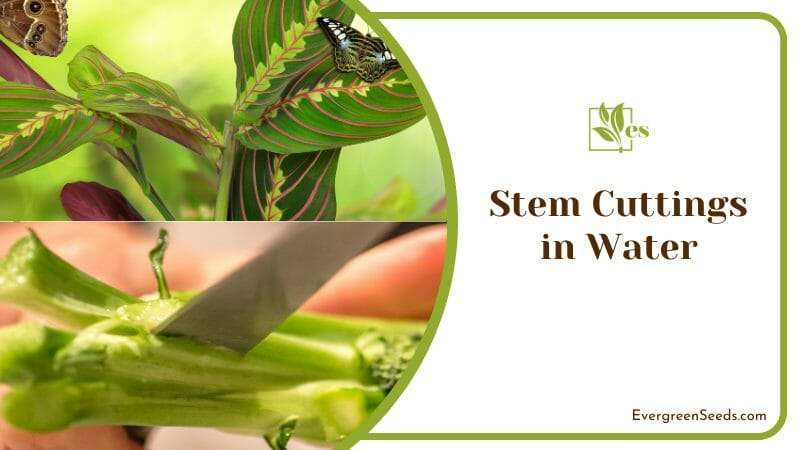
- If you opt for this method, leave only one or two leaves on top of the cutting and remove all others, to allow the plant to direct energy to root development.
- If the conditions are right — especially in terms of humidity and temperature — the cuttings will form a root in a few weeks.
- If the air in the room is too dry, you can put a plastic bag over the cup and cuttings to increase the chances of quick rooting.
- Once the newly formed roots reach at least one inch, the plant is ready for transplanting into the substrate.
Problems
If you do not want to lose the plant, you need to notice changes in its leaves in time. With these signs, the plant suggests that some of the cultivation factors do not meet its needs.

Here are the most common problems:
- Dry Leaf Tips: Dry leaf tips indicate a lack of moisture in the soil.
- Yellowing of the leaves: Yellowing of the leaves is the result of excessive watering or exposure to direct sunlight.
- Spotty clumps on the leaves: Spotty clumps on the leaves indicate fungal or bacterial infections caused by poor air circulation combined with excessive watering. Remove the infected leaves, and treat the plant with a fungicide for houseplants.
- Mushy Stems: Flabby, mushy stems are signs of root rot, a dangerous disease that results from poor drainage or soggy soil. You should immediately take the plant out of the pots and inspect the root.
- Pests: Most of the common houseplants’ parasites will gladly settle on this plant as well. In addition to aphids and mealybugs, spider mites are frequent uninvited guests, especially if the air in the area where the plant grows is dry for a long time.
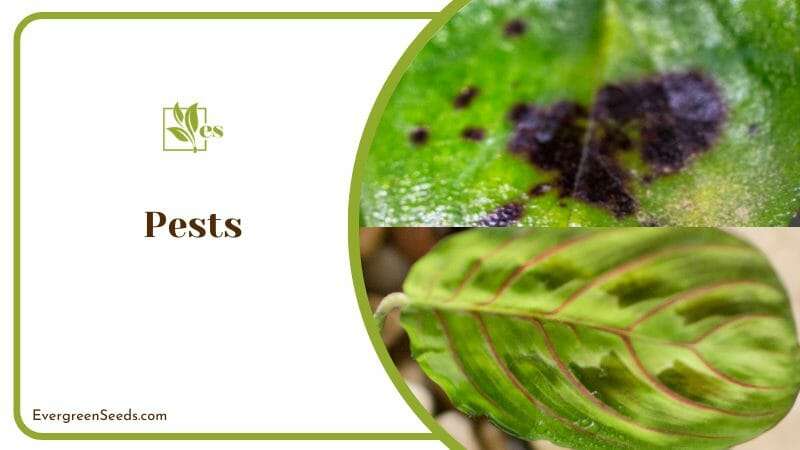
Maintaining a high humidity level is the best prevention against these tiny pests that feed on plant sap and weave their reddish webs among its leaves.
Fortunately, neem oil as a natural insecticide is effective in fighting these and other pests. Spraying the leaves with a solution of this oil will not harm the plant but will effectively remove all types of parasites found on its leaves.
The epithet “leuconeura” in its botanical name (maranta leuconeura), in translation, means “white veins”. This refers to a peculiar characteristic of its leaves.


